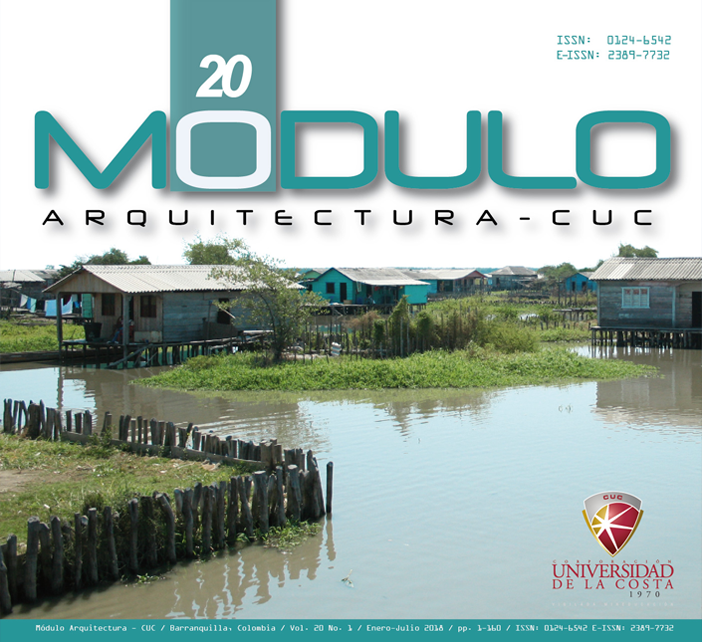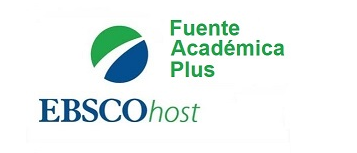Reforestation and conservation of native trees in the Municipality of San Rafael Municipality of San Sebastián Magdalena.
DOI:
https://doi.org/10.17981/moducuc.20.1.2018.09Keywords:
Deforestation; natural resources; degrada-tion; dryness; Flora and fauna; Native treeAbstract
The objective of this research was to present the current state of deforestation, as one of the actions of man in the indiscriminate use of natural resources, especially in the felling and burning of forests. What has affected the environment, generating the gradual disappearance of many important species of flora and fauna, among others. The present study is carried out from a qualitative perspective, writing the causes that have forced the community of San Rafael to destroy with different activities the native trees of important species in the environment. In order to achieve the objectives, a structured interview was applied to the students and residents of San Rafael. As conclusions, it is important to mention that deforestation in the municipality of San Sebastián has decreased compared to previous years, however, work should continue on environmental education issues.
Downloads
References
Cerda, H. (2007). La investigación formativa en el aula. La Pedagogía como investigación. Bogotá, D.C.: Magisterio.
Chávez. (s.f). Arborización. [Proyecto]. Universidad Nacional de Colombia. Recuperado de https://arquitectura.medellin.unal.edu.co/images/imagenes/pdf/arborizacin.pdf
El Espectador. (2017). Tasa de deforestación en Colombia. Recuperado de https://www.elespectador.com/noticias/medio-ambiente/se-disparo-la-tasa-de-deforestacion-en-colombia-articulo-701754
García, Y., Ramos, J. y Becerra, J. (2011). Semillas forestales nativas para la restauración ecológica. Biodiversitas, 94(1).12-15.
IDEAM. (2017). Ecosistemas. Recuperado de http://documentacion.ideam.gov.co/openbiblio/bvirtual/000001/cap7.pdf
IAVH. (2003). Programa de Investigación de Política y Legislación. Sistema de Indicadores de seguimiento de la política de Biodiversidad. Recuperado de http://www.bvsde.paho.org/bvsacd/cd20/sib.pdf
Instituto Geográfico Agustín Codazzi-IAGG. (2012). Atlas de la distribución de la propiedad rural en Colombia. Recuperado de https://es.scribd.com/document/347949611/2012-IGAC-Atlas-de-La-Distribucion-de-La-Propiedad-Rural-en-Colombia
Navarro, L. (2016). El mejoramiento integral en el campo de los tratamientos urbanísticos de barrios con problemáticas de crecimiento informal y riesgos ambientales. Caso: Sector arroyo El Salao II, Barranquilla-Colombia. Módulo Arquitectura CUC, 17(1). 115-132. http://revistascientificas.cuc.edu.co/index.php/moduloarquitecturacuc/article/view/1531
Renovables verdes. (2017). Consecuencias de la deforestación. Recuperado de https://www.renovablesverdes.com/deforestacion/
República de Colombia. Ministerio de Ambiente, (2017). Estrategia integral de control a la deforestación y gestión de los bosques (EICDBG). Minambiente. Recuperado de http://www.minambiente.gov.co/images/EICDGB_1.0_AGOSTO_9_2017.pdf
Reyes, A. y Gutierrez, J. (2010). Los servicios ambientales de la arborización urbana: Retos y aportes para la sustentabilidad de la Ciudad de Toluca. Quivera, 12(1). 96-102. Recuperado de http://www.redalyc.org/articulo.oa?id=40113202009
Rodríguez, L. (2011). Análisis de las condiciones que impiden la plantación de árboles según los prinicipios de la silvicultura urbana en el nororiente de Barranquilla. Módulo Arquitectura CUC, 10(1), 55-83. Recuperado de https://revistascientificas.cuc.edu.co/moduloarquitecturacuc/article/view/130
Sauvé, L. (1999). La educación ambiental entre la modernidad y la posmodernidad: En busca de un marco educativo de referencia integrador. Tópicos. 1(2). 7-27. Recuperado de http://www.ecominga.uqam.ca/PDF/BIBLIOGRAPHIE/GUIDE_LECTURE_1/5/2.Sauve.pdf
Vargas, W. (2012). Los bosques secos del Valle del Cauca, Colombia: una aproximación a su flora actual. Biota Colombiana. Especial bosques seco en Colombia, 13(2). 102-164. Recuperado de http://www.humboldt.org.co/images/Atlas%20de%20paramos/Biota13(2)-Bosque_Seco.pdf
Vining, J. y Ebreo, A. (1992). Predicting Recycling Behavior from Global and Specific Environmental Attitudes and Changes in Recycling Opportunities. Journal of Applied Social Psychology, 22(20), 1580-1607.
WWF. (2017). 15 especies colombianas de árboles amenazados. Recuperado de http://www.wwf.org.co/?uNewsID=299073
WWF. (2018). Principales causas de la deforestación. Recuperado de https://sostenibilidad.semana.com/medio-ambiente/multimedia/principales-causas-deforestacion-mundo-segun-wwf/32971
Downloads
Published
How to Cite
Issue
Section
License
CC Reconocimiento-NoComercial-SinObrasDerivadas 4.0



 English
English
 Español (España)
Español (España)






